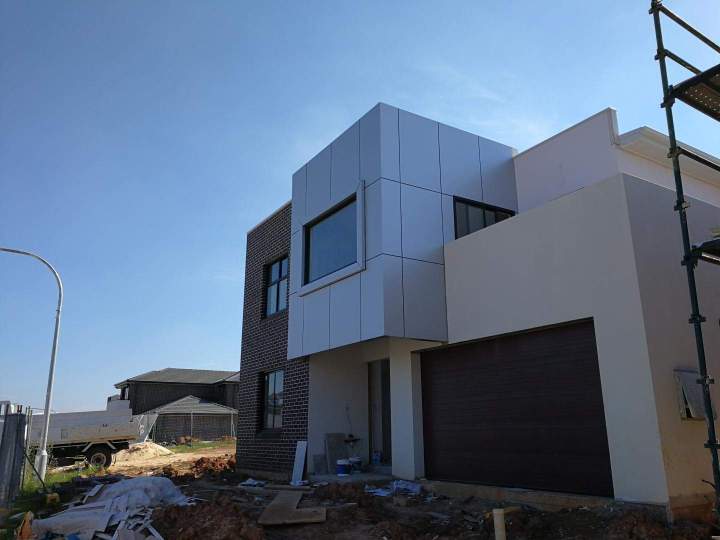How Do I Know If My Building Needs Recladding?

Identifying the need for recladding early can prevent costly structural damage and improve safety. Look for visual cues, performance issues, and consult with experts to determine if your building requires a facade overhaul.
Visual Cues and Material Degradation
The most immediate indicators that your building may need recladding are often visual. Take a walk around your property and inspect the existing cladding for signs of deterioration. Look for cracks, warping, bubbling, or fading, as these may indicate that the protective coating has worn away, leaving the panels vulnerable to the elements. Pay close attention to joints and seals around windows, doors, and corners—any gaps or failed sealant are major red flags, as they are primary entry points for moisture.
If you notice issues such as panel delamination or surface damage, it’s time to seek a professional assessment from TD Cladding Supplies Pty Ltd to ensure your façade remains durable and secure.
Performance Issues and Regulatory Compliance
Beyond visual deterioration, several performance issues can indicate a critical need for recladding. A significant sign is a noticeable increase in your energy bills. If your heating or cooling system is working harder than usual to maintain a comfortable indoor temperature, it could mean your cladding's insulation properties have degraded, leading to significant heat loss or gain. Another major red flag is the presence of water leaks or dampness inside the building. This could manifest as water stains on interior walls or ceilings, musty smells, or even visible mold growth inside, all pointing to water penetrating the building envelope through failing cladding. Even if there are no visible leaks, consistently high humidity levels indoors can also be a symptom of moisture problems.
Finally, and increasingly important, is regulatory compliance. Building codes, especially those related to fire safety, are constantly evolving. If your building's existing cladding was installed many years ago, it might no longer meet current fire safety standards, particularly if it contains combustible materials. This is a critical issue that demands immediate attention for the safety of occupants. Consulting with experts from TD Cladding Supplies Pty Ltd can help you assess these performance issues and determine if your building requires a recladding solution to improve safety, energy efficiency, and long-term structural health.